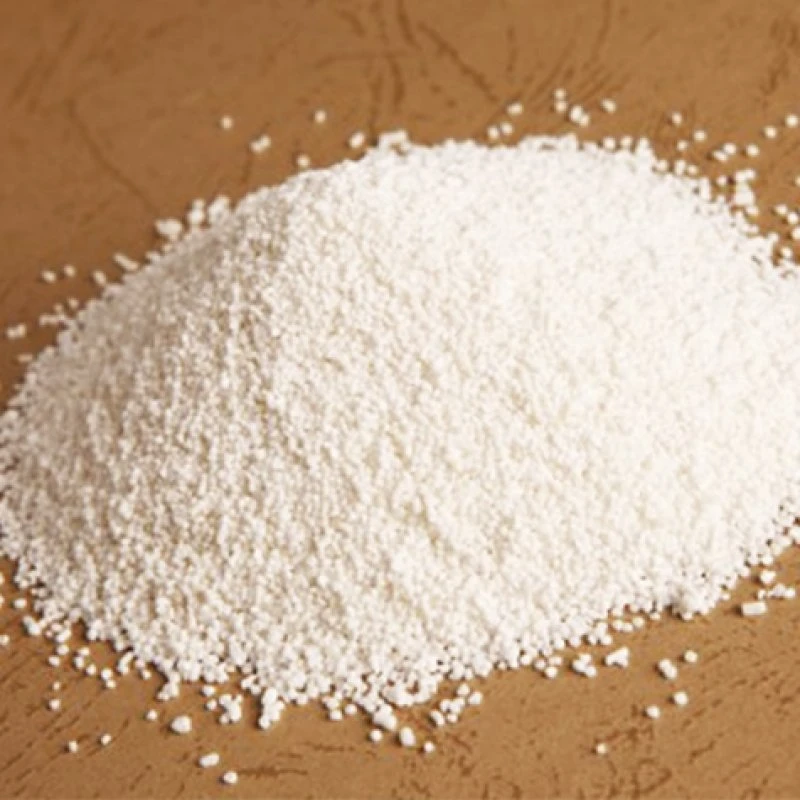



Manufacturing Process of Potassium Nitrate Fertilizer and Its Applications in Agriculture
The Manufacturing Process of Potassium Nitrate Fertilizer
Potassium nitrate, commonly known as saltpeter, is a vital compound in agriculture, primarily used as a fertilizer due to its high potassium content. The manufacturing process of potassium nitrate involves several steps that create a product essential for promoting healthy plant growth. This article will explore the key phases in the production of potassium nitrate fertilizer and the significance of each step in ensuring quality and efficiency.
Raw Material Selection
The production of potassium nitrate begins with the careful selection of raw materials. The primary components are potassium chloride (KCl) and sodium nitrate (NaNO3), both of which are readily available and cost-effective. Potassium chloride, a naturally occurring mineral, is rich in potassium, while sodium nitrate, commonly derived from the Andes mountains in South America, provides the necessary nitrate component. The right proportions of these materials are crucial, as they directly influence the final composition of the fertilizer.
The Reaction Process
Once the raw materials are obtained, they undergo a reaction process to synthesize potassium nitrate. This is typically achieved through a double displacement reaction, where potassium chloride reacts with sodium nitrate under controlled conditions.
The balanced chemical reaction can be represented as follows
\[ KCl + NaNO3 \rightarrow KNO3 + NaCl \]
In this reaction, potassium chloride and sodium nitrate trade ions to produce potassium nitrate and sodium chloride (table salt) as a byproduct. This reaction requires careful management of temperature and concentration; thus, it usually occurs in a specialized reactor where conditions can be optimized for maximum yield.
Filtration and Crystallization
After the reaction is completed, the mixture contains a combination of potassium nitrate and sodium chloride. To separate these two compounds, a filtration process is employed. This is done by dissolving the reaction mixture in water, where potassium nitrate remains soluble while sodium chloride can be filtered out.
potassium nitrate fertilizer manufacturing process

Once the sodium chloride is removed, the potassium nitrate solution undergoes a crystallization process. By gradually cooling the solution or evaporating some of the water, potassium nitrate crystals begin to form. This stage is critical, as the size and purity of the crystals directly affect the quality of the final fertilizer product.
The crystallization is typically followed by centrifugation, where the crystals are separated from any remaining liquid. The crystals are then washed to remove impurities, ensuring that the final product meets industry standards for fertilizer quality.
Drying and Packaging
The next step in the manufacturing process is drying the potassium nitrate crystals to eliminate any residual moisture. This is essential, as high moisture content can lead to clumping and reduced shelf life of the fertilizer. Commercial dryers are usually employed to achieve the desired dryness quickly and efficiently.
Once dried, the potassium nitrate is packaged for distribution. Packaging is a crucial aspect of the process, as it protects the product from environmental factors and contamination during transportation. The fertilizer is typically packaged in moisture-resistant bags or containers, clearly labeled with essential information for consumers.
Environmental Considerations
In recent years, there has been a growing emphasis on sustainable manufacturing practices in the production of fertilizers. Manufacturers of potassium nitrate are increasingly focusing on reducing waste, optimizing resource use, and minimizing environmental impact. This includes recycling by-products, such as sodium chloride, and implementing measures to lower energy consumption during the production process.
Conclusion
The manufacturing process of potassium nitrate fertilizer is a complex but essential operation that combines chemistry, engineering, and environmental considerations. From the careful selection of raw materials to the intricate steps of reaction, filtration, crystallization, drying, and packaging, each phase is designed to produce a high-quality product that plays a critical role in agricultural productivity.
As global demands for food supply continue to rise, the importance of potassium nitrate as a nutrient-rich fertilizer remains significant. Advances in production processes and a commitment to sustainability will ensure that potassium nitrate continues to be a reliable resource for farmers around the world, promoting healthy crops and contributing to food security.
-
Why Sodium Persulfate Is Everywhere NowNewsJul.07,2025
-
Why Polyacrylamide Is in High DemandNewsJul.07,2025
-
Understanding Paint Chemicals and Their ApplicationsNewsJul.07,2025
-
Smart Use Of Mining ChemicalsNewsJul.07,2025
-
Practical Uses of Potassium MonopersulfateNewsJul.07,2025
-
Agrochemicals In Real FarmingNewsJul.07,2025
-
Sodium Chlorite Hot UsesNewsJul.01,2025










